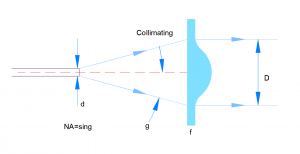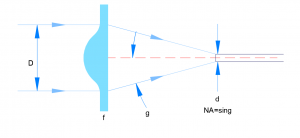Aspheric lenses have significantly transformed optical systems, offering a non-spherical surface profile that effectively combats spherical aberration and enhances image quality. The evolution of these lenses has paved the way for more compact assemblies and improved overall performance. Despite their undeniable benefits, the high cost of aspheric lenses has been a limiting factor in their widespread adoption. Recent breakthroughs in manufacturing techniques, however, have made cost-effective production a reality, opening up new possibilities for creating affordable, high-quality lenses.
Detail the unique features of aspheric lenses, emphasizing their variable curvature and ability to focus light, reducing blur and aberrations. Highlight their role as integral components in optical systems and the promise they hold for more compact assemblies.
Discuss the challenges posed by the high cost of aspheric lenses and introduce recent breakthroughs in grinding and polishing techniques that have made cost-effective production feasible. Emphasize how this breakthrough enables the replacement of multiple spherical lenses with a single, affordable aspheric lens, leading to the creation of lighter, smaller, and simpler optical systems without compromising performance.
Explore the application of compact glass aspheric lenses as an alternative to conventional microscope objectives. Highlight their unique ability to refract light at significant angles, minimizing spherical aberration, and discuss their advantages in scenarios requiring small F-numbers, such as optical fiber coupling and diode laser collimation.
Discuss the theoretical feasibility of substituting aspheric lenses for objective lenses and the importance of thorough research and verification in such transitions. Emphasize that the appropriateness of replacement depends on the specific application, considering factors like flat field of view and magnification requirements.
Examine the suitability of aspheric lenses as objective lenses, stressing the need for a comprehensive evaluation based on the lens’s unique characteristics and the specific requirements of the application. Address potential advantages, such as reduced bulk and improved optical performance, and encourage consideration of potential optical effects and challenges associated with using aspheric lenses in various systems.


Summarize the key points, highlighting the continuous evolution of optical technology represented by aspheric lenses. Acknowledge the strides made in their production processes and the resulting cost-effective solutions that unlock the potential to reshape optical systems. Reiterate the importance of careful consideration of application-specific requirements and thorough research when exploring the possibility of replacing objective lenses with aspheric lenses.
Do not hesitate to contact Shanghai Optics today. We’d be more than happy to discuss your projects and how best they can become a success.